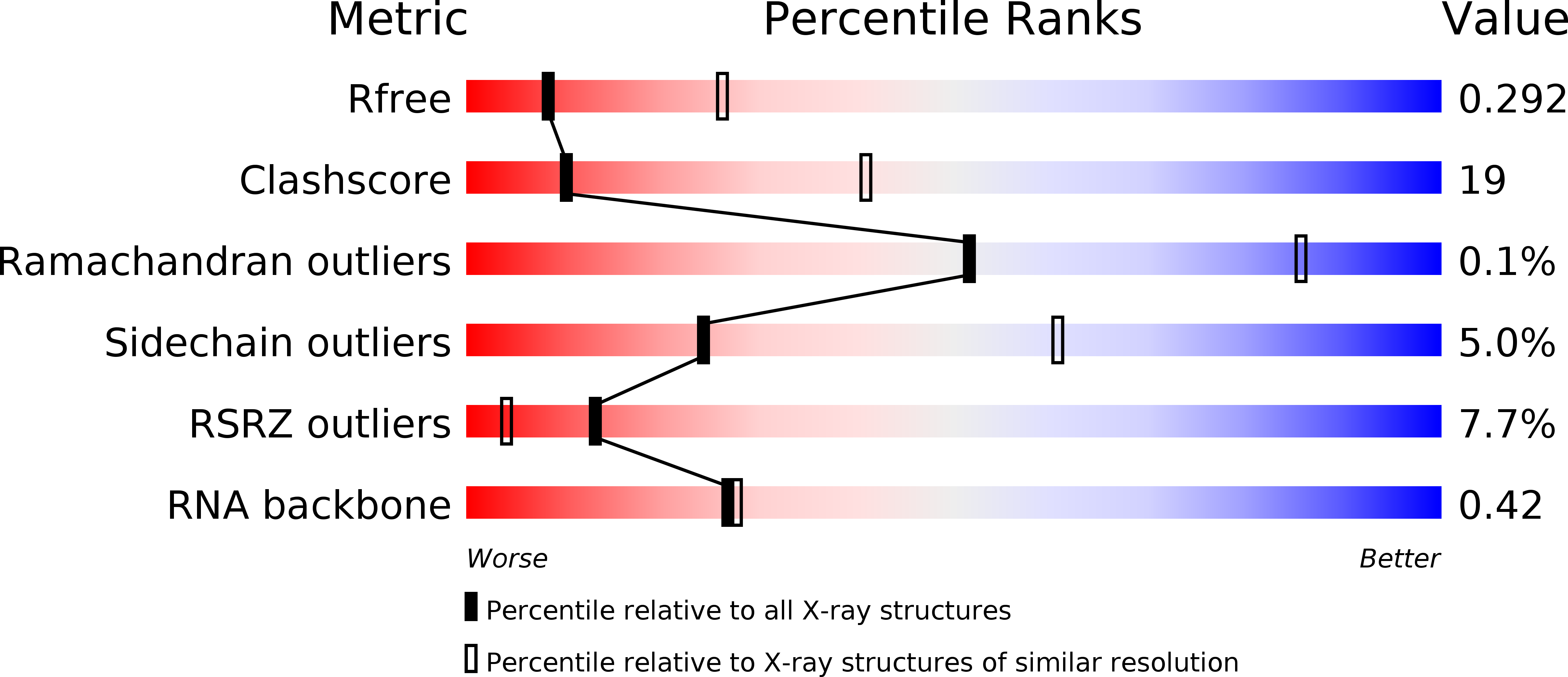
Deposition Date
2014-03-19
Release Date
2014-06-18
Last Version Date
2023-09-20
Entry Detail
PDB ID:
4PWD
Keywords:
Title:
Crystal structure of HIV-1 reverse transcriptase in complex with bulge-RNA/DNA and Nevirapine
Biological Source:
Source Organism:
Human immunodeficiency virus type 1 (Taxon ID: 11678)
Host Organism:
Method Details:
Experimental Method:
Resolution:
3.00 Å
R-Value Free:
0.29
R-Value Work:
0.22
R-Value Observed:
0.22
Space Group:
P 1 21 1


